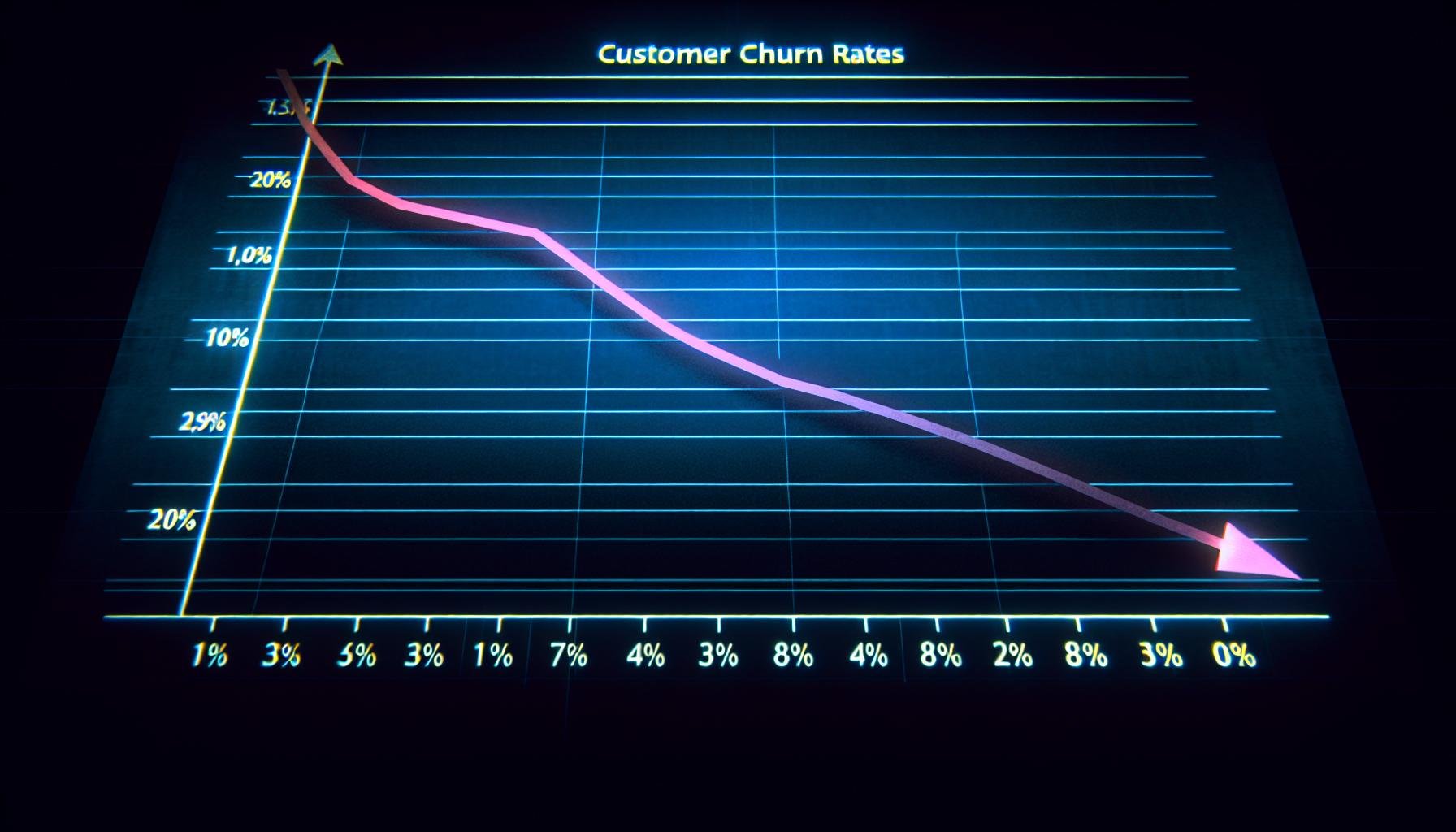Elevating Client Relationships: Responsiveness & Attentiveness in SaaS
In the competitive arena of Software as a Service (SaaS), where options abound and loyalty is hard-earned, the ability to maintain and nurture client...
2 min read
Brian Polackoff
:
Mar 5, 2024 10:27:00 AM

In the ever-evolving landscape of Software as a Service (SaaS), CEOs are often caught in a seemingly endless struggle to balance the need for rapid product development with the imperative of maintaining high quality. The pace at which technology advances means that speed is of the essence to stay relevant and competitive. However, sacrificing quality for speed can jeopardize your product's integrity, customer satisfaction, and ultimately, your company's reputation. This guide offers insights into managing product development cycles, prioritizing features, and ensuring quality in a fast-paced environment.
The speed-quality paradox in SaaS product development posits that the faster you push developments, the harder it becomes to maintain quality, and vice versa. However, this doesn't have to be a zero-sum game. The key lies in finding the right balance where you can deliver value quickly while ensuring the product meets your quality standards.
Agile Methodologies
Adopting agile methodologies is a proven way to enhance speed and flexibility in product development. Agile practices such as Scrum or Kanban encourage iterative development, continuous feedback, and adaptability to change. This allows for rapid development and testing of new features while ensuring that any issues are identified and addressed early in the cycle.
Continuous Integration and Continuous Deployment (CI/CD)
CI/CD practices automate the software delivery process, from coding to deployment. This automation helps in detecting errors sooner, reducing manual overhead, and speeding up the release cycles without compromising on quality.
The MVP Approach
Starting with a Minimum Viable Product (MVP) can be incredibly effective in balancing speed and quality. By focusing on the core functionalities that solve the primary problems for your users, you can launch quicker, gather user feedback early, and iterate accordingly.
User Feedback and Data-Driven Decisions
Engage with your users regularly and leverage their feedback to prioritize feature development. Analyzing user behavior data also provides insights into which features are most valued by your customers, guiding your development priorities.
Automated Testing
Automated testing is crucial for maintaining quality while moving fast. Implement comprehensive test suites that cover various aspects of your product, including unit tests, integration tests, and end-to-end tests. This ensures that new features don't break existing functionalities and helps in catching bugs early.
Code Reviews and Pair Programming
Promote a culture of code reviews and consider pair programming for critical components of your product. These practices not only improve code quality but also facilitate knowledge sharing and collaboration within the development team.
Dedicated Quality Assurance (QA)
Having a dedicated QA team or resources ensures that testing and quality checks are conducted thoroughly and are not overlooked in the rush to release new features.
Balancing speed and quality requires a strategic approach to product development:
- Set Clear Quality Standards: Define what quality means for your product and ensure everyone on the team understands these benchmarks.
- Embrace Flexibility: Be prepared to pivot or adjust priorities based on user feedback and market demands.
- Invest in Tools and Technologies: Utilize tools and technologies that enhance productivity and efficiency without compromising on quality.
For SaaS CEOs, navigating the product development landscape is a constant balancing act between speed and quality. By adopting agile methodologies, prioritizing features based on user feedback, investing in automated testing, and fostering a culture of quality, it's possible to maintain this balance. Ultimately, the goal is to deliver a product that not only meets the market's immediate needs but does so with a level of quality that builds trust and loyalty among your user base. Remember, in the SaaS world, the race is not always to the swift but to those who keep running with precision.

In the competitive arena of Software as a Service (SaaS), where options abound and loyalty is hard-earned, the ability to maintain and nurture client...

In the highly competitive landscape of business, customer churn can be a significant hurdle that companies face. Understanding customer churn is...